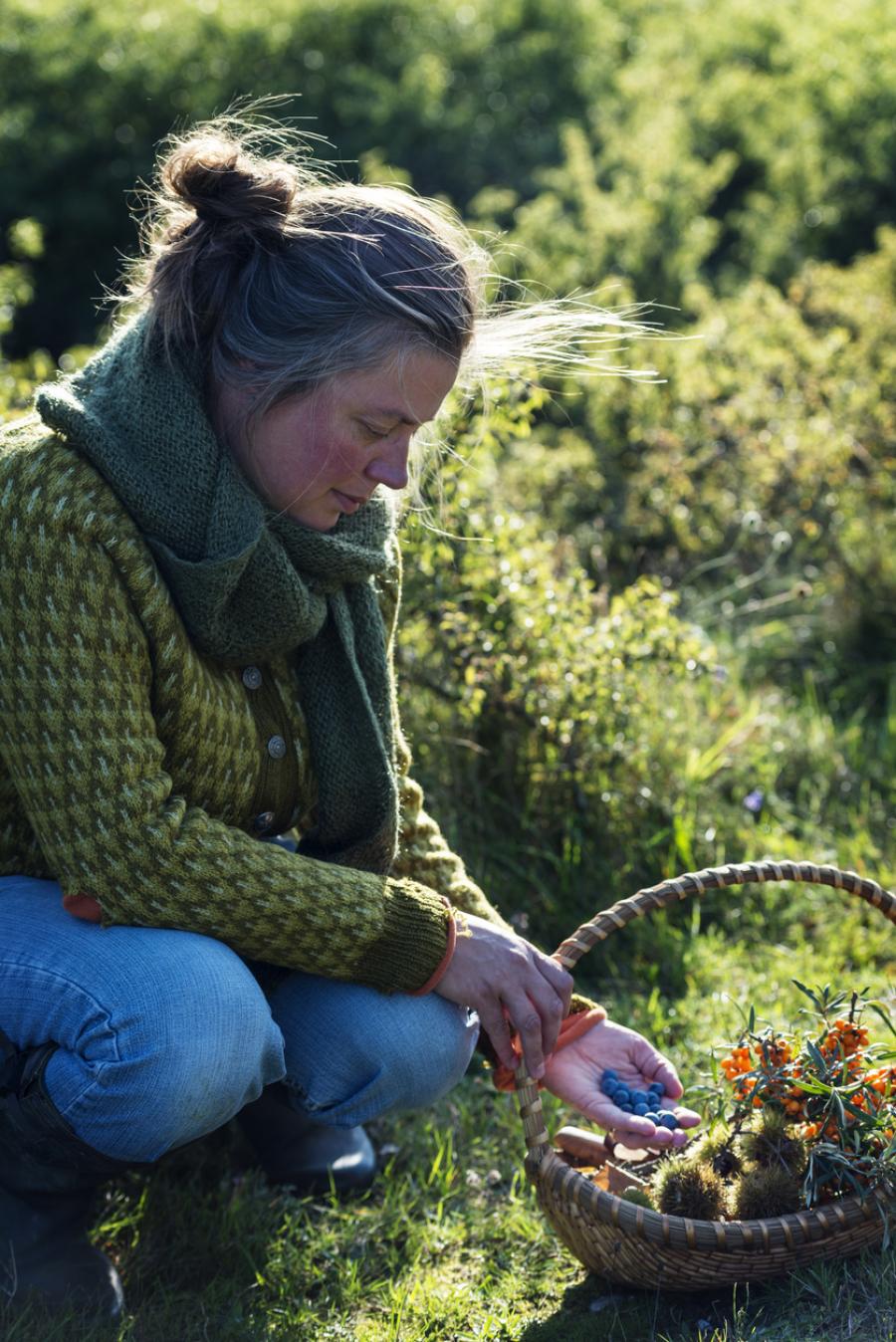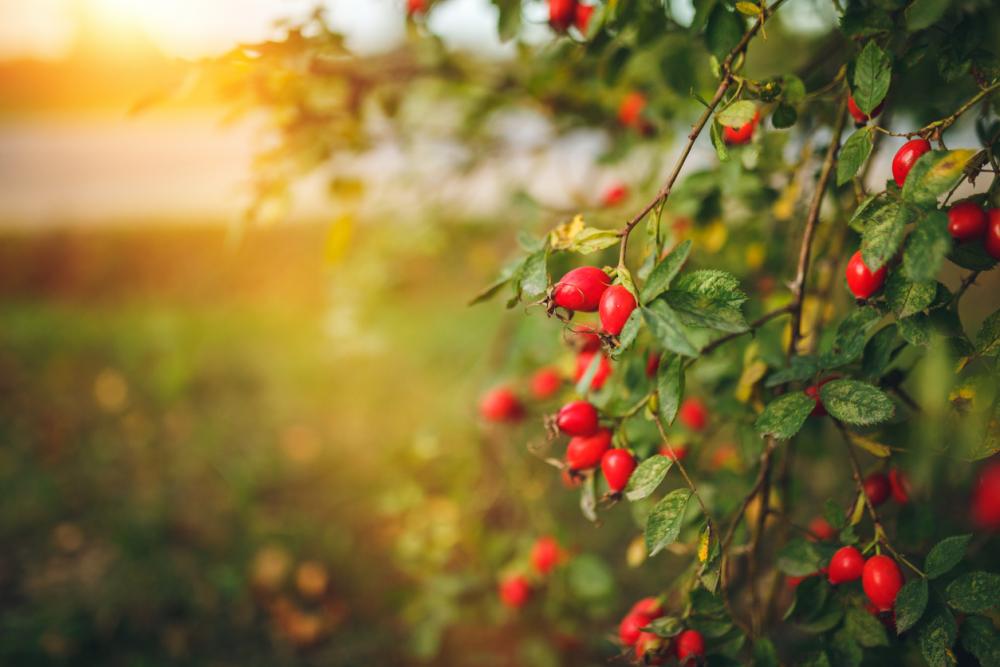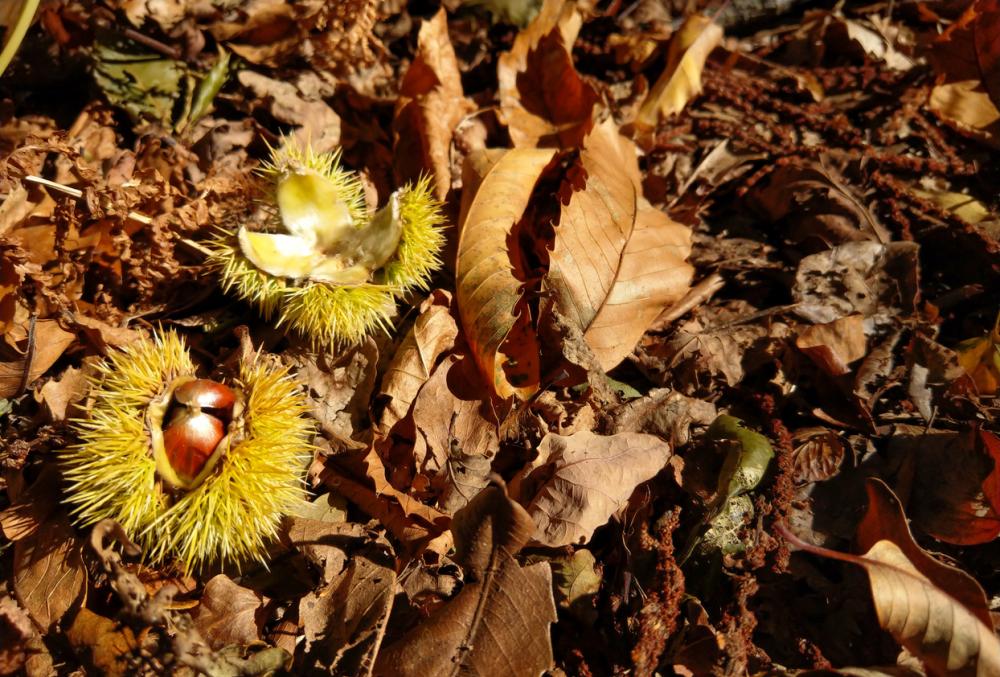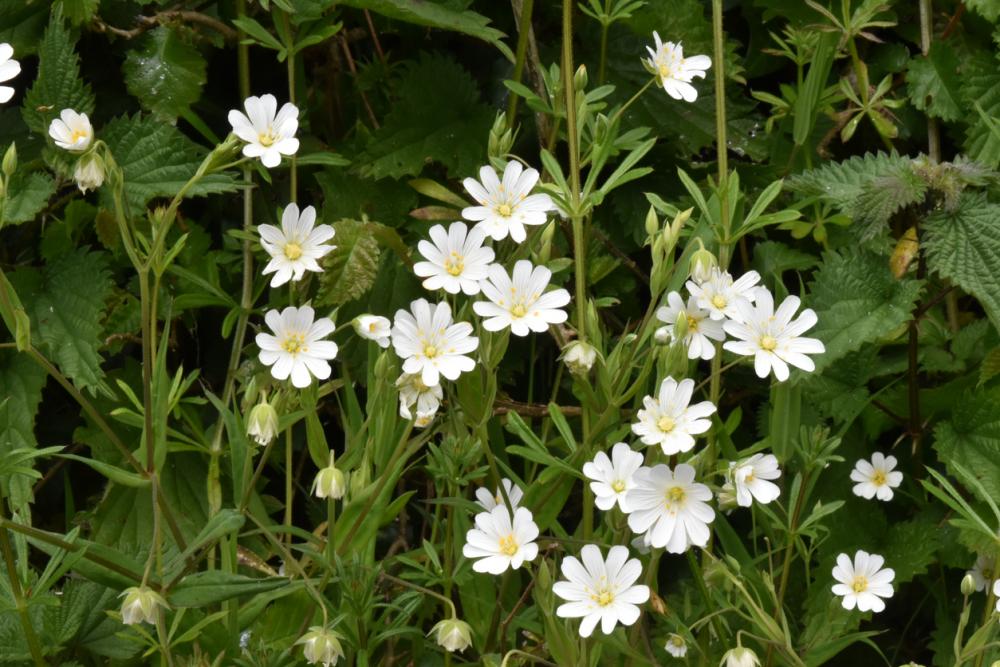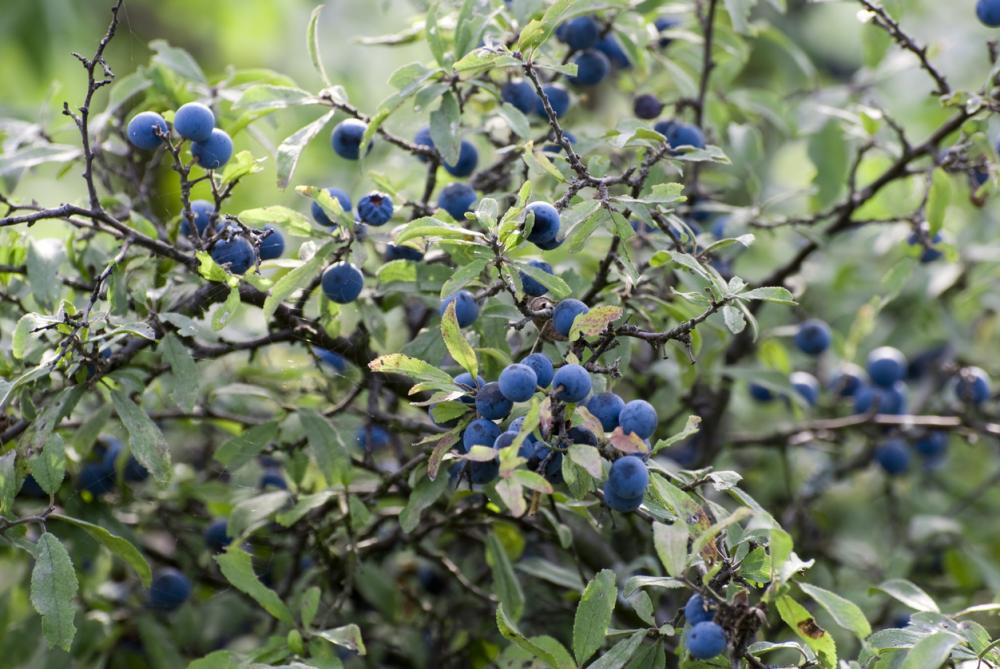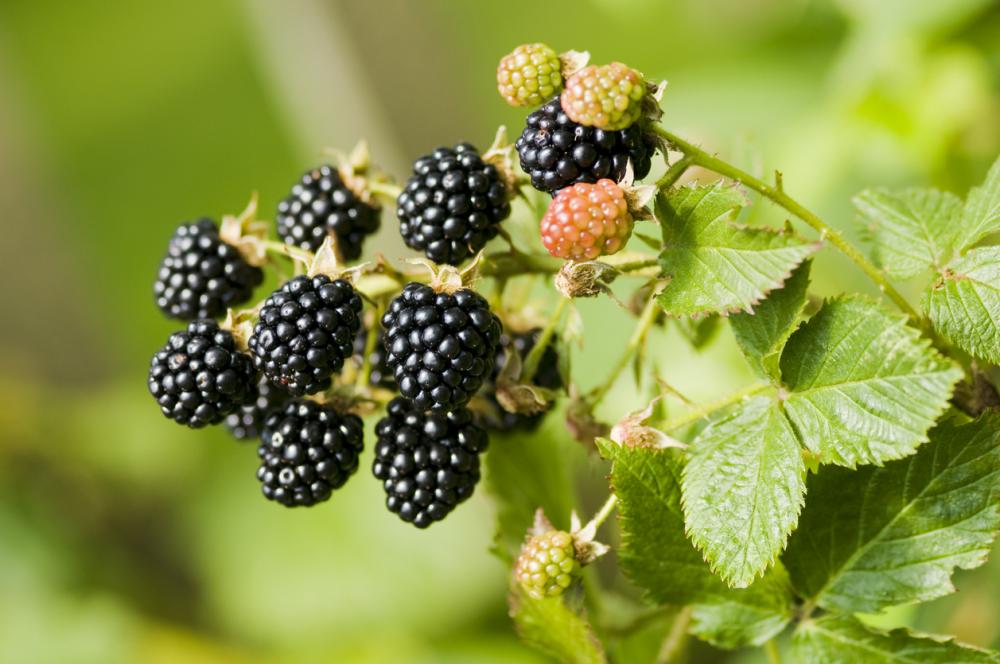Foraging Guide – How to Make the Most of the Hedgerows
As the kids go back to school and the nights draw in, Brits are being encouraged to head to the hedgerows to make the most of the autumn fruit.
As plastic becomes a more contentious issue, experts from GardenBuildingsDirect.co.uk have revealed five of the best fruits to be reaching for which are completely plastic, and cost, free.
More and more individuals are trying their hand at foraging, but they must be aware of poisonous berries and wild mushrooms which can easily be disguised as tasty treats.
As well as helping save money on food bills, foraging can be a great family activity to spend time together in the fresh air and can introduce new recipes into the house.
Foraging for food is legal in the UK for individual consumption, or to enjoy with family and friends, but is not allowed for commercial purposes.
It must also be done only on personal land, private land with the appropriate permissions or common land – this could include woods, forests, parks, fields and hedgerows, roadsides, cycle paths, canals, disused railway embankments and even cemeteries.
It is important to take only the food you will eat, as animals also need to find sustenance from the treats.
Much wild produce is packed full of goodness, but don’t risk picking mushrooms while out and about unless sufficiently well-read on the varieties that are safe for humans.
A spokesman for GardenBuildingsDirect.co.uk said: “For many years Brits would turn to the hedgerows to pickle and prepare foods to get them through winter.
“We’re trying to encourage individuals to turn back to their ancestors’ ways and get stuck into foraging.
“There’s no need to ship healthy snacks from all around the world when our hedgerows are hung full of snacks.
“Some of the best items that made our list may also appear at the bottom of your own garden, so peer into those hedges and trees for something to nibble on.”
Here is the GardenBuildingsDirect.co.uk list of the top autumn foods to forage for:
1. Rose Hips
Packed full with Vitamin’s A, C and fibre, seed pods of roses can help you fulfil your recommended daily intake of vitamins.
Cook in boiling water and sieve thoroughly for Rose Hips to be turned into a tasty cordial, syrup, jam or jelly.
2. Sweet Chestnuts
Associated with the colder months, the distinct, spiny husk of a sweet chestnut can be sharp to touch.
They work well with sausages, can be turned into a fantastic stuffing and also can be pureed to serve instead of mashed potato.
They can also be an alternative to flour in desserts, if blitzed into a fine crumb and accompany chocolate very well.
3. Chickweed
This weed can be found in many of Britain’s gardens and hedgerows and can survive into the winter.
Popular with chickens – hence the name – chickweed can be whizzed into a pesto, or the whole plant can be added to salad.
4. Sloes
The prickly stems on sloe plants can put many people off from foraging the purple fruit.
The most famous sloe recipe is sloe gin. Put plenty of sloes into gin with some sugar, leave for as long as possible – the longer it’s left the stronger the flavour.
It should be stored in a cool, dark place and be shaken every couple of days, then sieved before serving.
5. Brambles
Brambles, or blackberries, can be found in lots of hedgerows, but the best flavoured ones will be found away from polluted areas like main roads.
They can be turned into a warming pie or crumble for a dessert, or can also act as a refreshing snack on winter walks.


